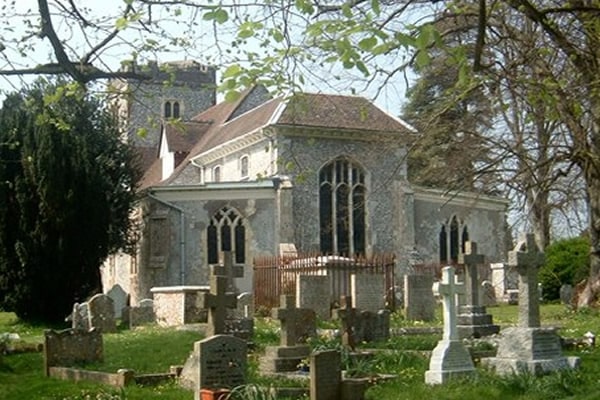Previously we showed there was a risk from Droxford Church closing. A lcoal landmark, a heritage treasure, and a witness to centuries of local life, surviving Ecclesiastical reform, Civil War and World Wars. But the tower was now in peril. Structural decay threatened not just the building, but the role it would play in villagers lives.
Without urgent action, the church could have faced closure, redundancy, and a slow decline into ruin.


When Friends of Droxford Church (FODC) was founded, its purpose was clear: get St Mary & All Saints off the Heritage at Risk Register and safeguard it for generations to come. The diagnosis was stark—extensive structural repairs were needed to the tower to prevent collapse, and new thinking was needed to stop the building from falling into disrepair again.
Rather than relying solely on grants and donations for upkeep, the plan was ambitious:
The target was daunting: £650,000. Reaching it meant combining traditional fundraising with a modern approach.


The new annexe was not just an architectural addition, it’s now an engine for sustainability. Wilfrid’s Café serves locals, walkers, and visitors to the Meon Valley. It’s also a social hub, reducing rural isolation and giving volunteers of all ages a place to connect.
Most importantly, a portion of the café’s income is dedicated to maintaining and enhancing the building as well funding many community projects around the village and nearby areas. This means when the next repair is needed—whether it’s repointing the tower or fixing the roof—there is funding ready, not just a crisis appeal.
Across England, churches on the Heritage at Risk Register face uncertain futures. Many are eventually saved, but the risk of closure or loss is real—particularly for rural communities. Droxford’s approach offers a model that:
It’s a blueprint that recognises heritage not as a burden, but as a living asset.


Today, St Mary & All Saints is not only structurally sound, it is financially safer. The tower stands firm, the café is bustling, and the church continues to be a place for worship, music, history, and daily village life.
The £650,000 raised did more than save a building—it created a legacy of self-reliance, proving that with vision, collaboration, and determination, even the most daunting challenges can be overcome.